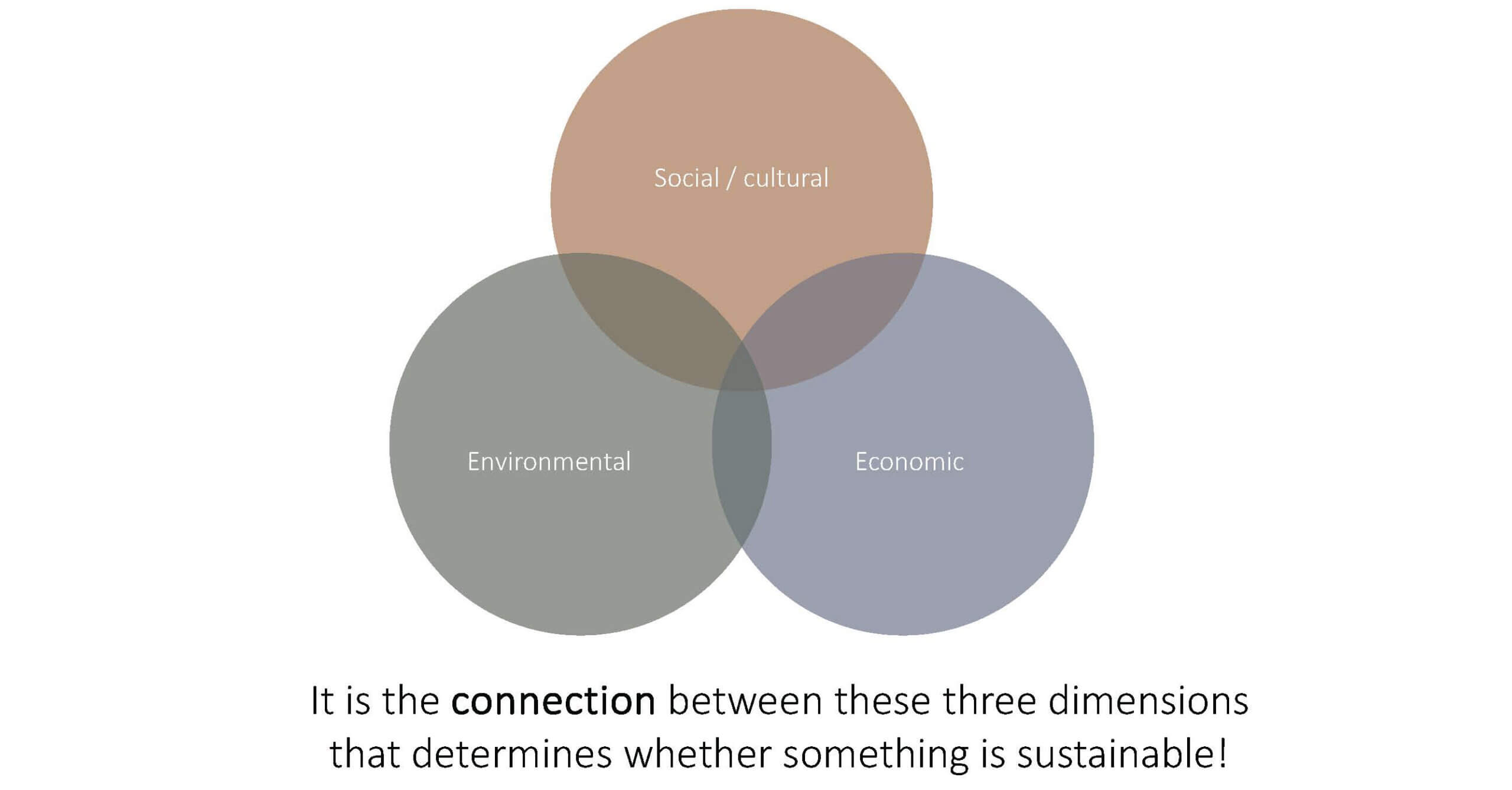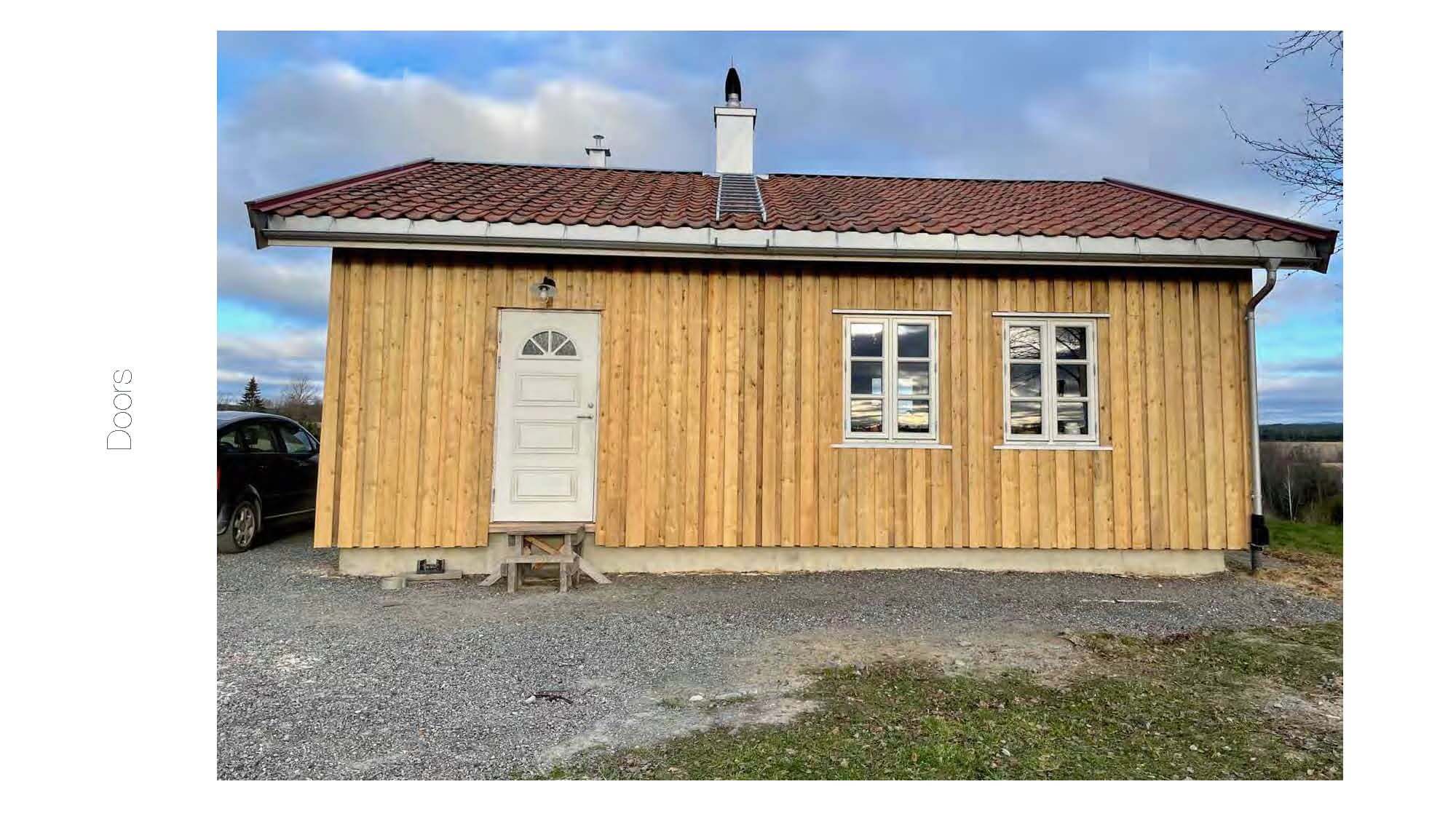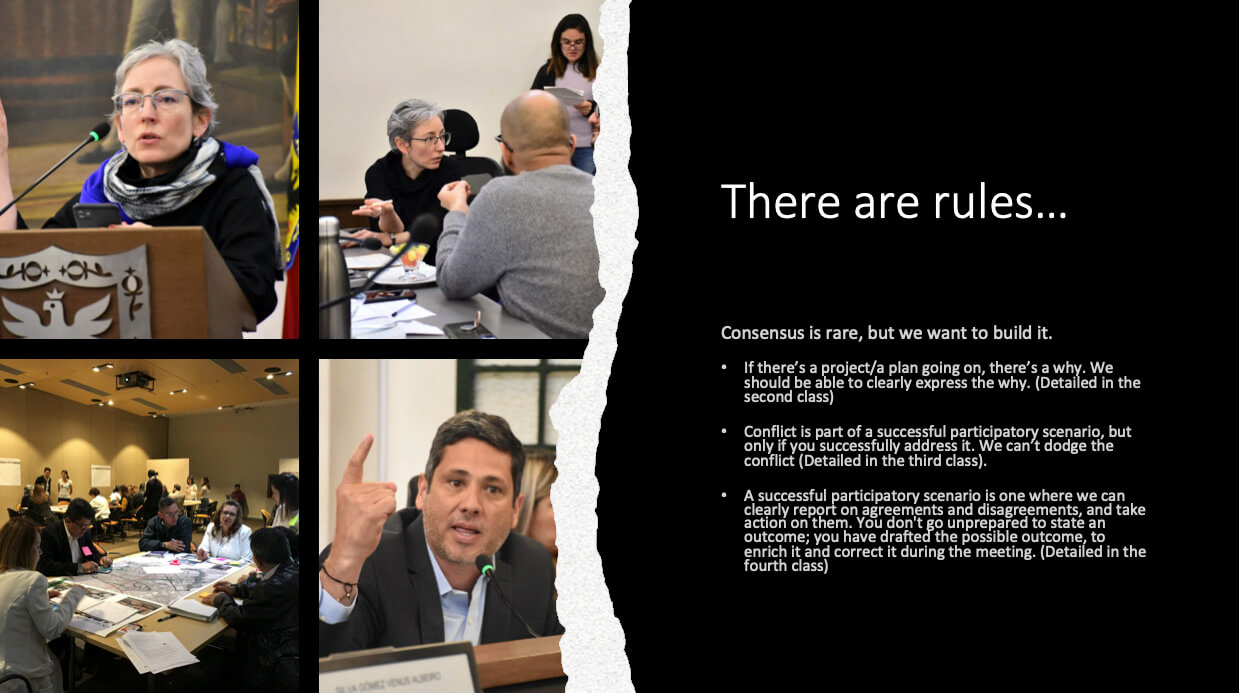Henry Grabar
I had eight students for three lively sessions in my J-term course How to Write an Op-ed, in which we read and discussed pitch emails, articles, and writing advice. In our final session, we worked together to write an op-ed that argued that Harvard should maintain its classrooms at a cool 65 degrees all winter to save energy. We then fed this prompt to Chat GPT and discussed what few advantages we still have over our digital overlords. For one thing, the element of SURPRISE. Would Chat GPT have capitalized that? Surely not, and nor would it have led with a description of the vibrant winter fashion scene at the GSD, which can hardly reach its full potential in our stifling 74-degree classrooms.
Line Ramstad
I offered the course Sustainable Design and Use of Natural and Locally Sourced Materials to focus attention on planning, engineering, and construction practices and how they can be reshaped on more sustainable terms. Rather than relying on new technology as a magical solution, we looked at the possibilities that lie in resources we already have available.
One session dealt with material quality and design and the social and economic aspects of materials supply chain, lifespan, and reuse and recycling. The second day was devoted to the opportunities and challenges in existing administrative and legal frameworks when we use natural and local materials. Students from Harvard and MIT with a wide range of backgrounds made for lively discussions and whetted my appetite for more teaching in the future.
Adi Kumar
In Insurgent Planning: Challenging the Rules and Imagining the Possibilities, we discussed ideas of subversion and resistance in urban land and housing justice in the context of currently divisive politics and a shrinking government. In order to shape more just and equal cities we need to move away from the current model of “profit over people.” Built environment professionals have a critical role to play both in shaping cities but also presenting ideas that break the norms and imagine a better future. Setting the stage with some basic theoretical concepts on understanding justice and development, the course presented key methodologies and tools for working in both post disaster and post conflict situations and in urban areas on design and planning. We examined case studies on the reconstruction of a Palestinian refugee camp, Nahr El Bared in Lebanon, slum upgrading in Southern Africa, and urban development programs in South Africa. A recurring theme was working closely with social movements, community groups, and activists to co-produce solutions while resisting state hegemony. The final day ended with role play on the developments taking place at Allston Yards, imagining possibilities of negotiating more just outcomes.
Maria-Mercedes Jaramillo Garcés and Kannan Thiruvengadam
We co-taught Enabling Community Leadership in Urban Planning in order to present both community and government perspectives for students interested in learning more about community engagement. We had students from the design fields as well as from public health and engineering, making for diverse perspectives and dynamic discussions.
After we illustrated the most salient aspects of community engagement, student teams made mock community presentations and responded to conflicts and unexpected reactions that are not uncommon during community engagement. They walked away with greater understanding of the importance of community empowerment and of co-creating solutions with communities. They also gained confidence in their ability to engage effectively. One student said, “I really appreciate your authentic leadership—it’s one of my greatest goals for my career. You two are really inspiring!” The course confirmed our view that among students there is widespread interest in learning from practitioners and growing awareness of the need to center equity in participatory processes.
Read more about Kannan’s and Maria’s J-Term


